Anne Glenconner: How rehabilitating Princess Margaret made her a literary phenomenon on the cusp of her tenth decade
Anne Glenconner, the former lady-in-waiting to Princess Margaret who has become a publishing phenomenon, speaks to Flora Watkins about finding fame late in life. Main photograph by Hal Shinnie.


Holkham, on the north Norfolk coast, with its fine Palladian hall and vast beach, has long been a draw, but the estate now boasts an additional attraction.
‘I was signing books in the shop last Christmas and charabancs came from the Midlands,’ says Lady Anne Glenconner in disbelief. ‘They were snaking all the way around the park to meet me!’
Her memoir, Lady in Waiting, is a publishing phenomenon, selling nearly half a million copies in the UK alone and spending 37 weeks in the bestseller charts. It recently passed 100,000 sales in America, has been published in France and bought by Russia and Japan. ‘Sometimes, I feel like a child,’ she enthuses. ‘I’m so lucky. Here I am, next year I’ll be 90, and I’ve got this exciting, amazing life.’
Born Lady Anne Coke, eldest daughter of the 5th Earl of Leicester, she grew up at her beloved Holkham, where the Cokes were close to the Royal Family; as a child, she played with Princesses Elizabeth and Margaret at nearby Sandringham and her father was equerry to George VI. She was a maid of honour at the Coronation in 1953, before marrying the colourful Colin Tennant (later Lord Glenconner), creator of Mustique. In 1971, Princess Margaret asked her to become a lady in waiting, a position she held until the Princess’s death in 2002.
It was chiefly to correct public opinion of Margaret that Lady Glenconner set about writing her book. (She was enraged by Craig Brown’s 2017 savage, mischievous biography, Ma’am Darling.) The Margaret of Lady Glenconner’s memoir isn’t without certain ‘royal moments’, but her many kindnesses are emphasised.
‘Princess Margaret used to go to The Lighthouse, the place for young men with AIDS, long before Diana,’ she recalls.
‘We never went for the photographers — she wasn’t huggy-feely — but she’d sit in their rooms, make them laugh. She was very good with men.’
Sign up for the Country Life Newsletter
Exquisite houses, the beauty of Nature, and how to get the most from your life, straight to your inbox.
When the Tennants’ second son, Henry, was diagnosed with AIDS, ‘a lot of our friends suddenly couldn’t come and stay,’ Lady Glenconner divulges, but Princess Margaret was stalwart. ‘She was very, very supportive. People were terrified of AIDS then, it was like leprosy, but she would hug Henry.’ Here, Lady Glenconner trails off. Her gilded life, mixing with royalty and rock stars on Mustique, has been shot through with tragedy.
Henry succumbed to AIDS, her eldest son, Charlie, overcame his heroin addiction only to die from hepatitis and Christopher, their younger brother (the Tennants also had twin girls), suffered terrible head injuries in a motorbike accident on his gap year. The doctors gave up on him, but Lady Glenconner nursed him back to life. He lives nearby, with his wife, Johanna, who does her secretarial work.
‘It’s rather like going through the fiery furnace in the Bible,’ she muses. ‘You either come out broken or you come out stronger. It gives you the feeling you want to make the most of your life, to be happy, joyful and positive.’
Although her book was intended to rehabilitate Princess Margaret (‘I get letters from people saying “I never had much time for her, but I do now”’), it is Colin who leaves the lasting impression. A histrionic, selfish man-child, he took his bride to a Paris brothel on their honeymoon, bit a taxi driver for going the wrong way and was banned from British Airways for life. A psychiatrist told Lady Glenconner: ‘The thing about Colin is, it’s rather like having one too few layers of skin, so anything that irritates him, he just can’t cope, he explodes.’
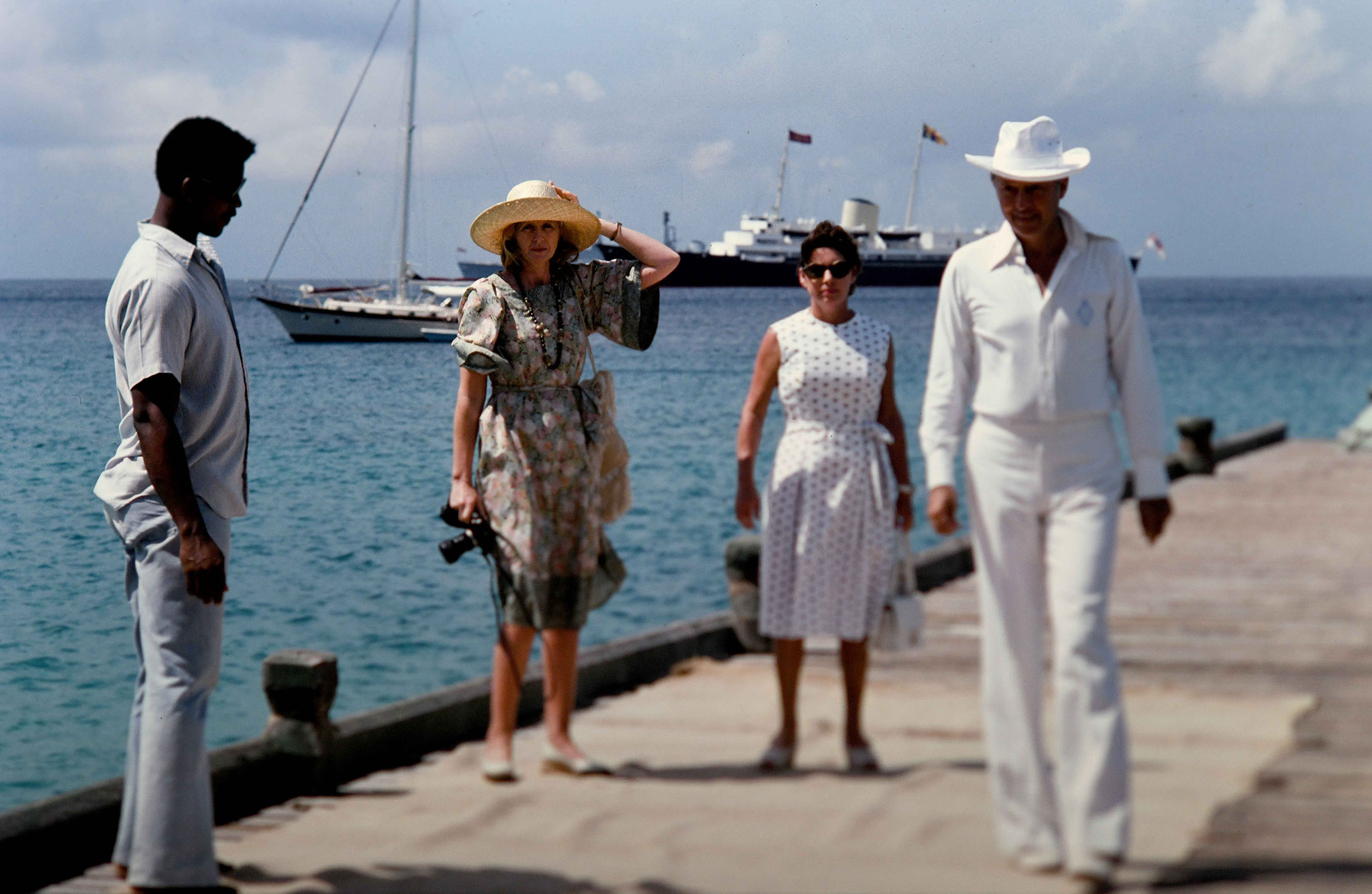
Lady Glenconner tried to leave, when Charlie was a baby: ‘But my mother said: “You go straight back.”’ They were married for 54 years. Does she regret staying? ‘I don’t leave. I’m not brought up like that. And I’m glad I didn’t, really. He was fascinating. He educated me, he could be very funny.’ Colin died in 2010, leaving his fortune to his servant.
Life is blissfully peaceful now, but never dull. ‘I hardly dare say it,’ ventures Lady Glenconner, ‘but I’ve had a fantastic lockdown!’ She lives at the farmhouse she bought near Burnham Market, on her father’s advice, as a refuge from Colin. ‘There, I was a mile from a completely empty beach and the park was empty, just as it was when I was a child.’
She used the time to work on her new novel, A Haunting at Holkham, a fictionalised account of her childhood during the war. The ghost in question is Lady Mary Coke, who refused to consummate her marriage to the son of the 1st Earl, in 1747, and was locked up. ‘I haven’t seen her, but my sister Carey did and Polly [wife of the current Earl] had to have two of the rooms exorcised.’
Lady Glenconner dictates her books — her first novel, Murder in Mustique, is out in paperback this week. She doesn’t own a computer — ‘If you want to get hold of me, it’s landline or postcard’ — so talks into a tape recorder.
‘Part of the reason [Lady in Waiting] has been so successful is because it’s my voice,’ she believes. ‘I’ve always been a salesman. I loved selling the Holkham pottery.’ Aged 20, she hawked it around America, travelling by Greyhound bus. ‘What I really love is selling my books — and the way you do that is by going on television. When I went on Lorraine, it sold 8,000 copies that day!’
Lady Glenconner is looking forward to going to literary festivals again. Meeting her fans, talking to those touched by her book — gay men, women who’ve lost children or had difficult husbands — has eased her abiding sense of always feeling ‘a terrible disappointment’ and given her a public profile.
‘I was completely invisible with Colin,’ she explains. ‘With Princess Margaret, you walked just behind. I had a wonderful time, but was completely invisible. It is quite a turnaround.’
She is hoping to bump into a particular person on the festival circuit.
‘I long to meet Craig Brown,’ she says, wickedly. ‘I’m going to say, “Thank you so much!” I wouldn’t have written my book if it wasn’t for you.’
Murder in Mustique by Anne Glenconner is out in paperback now (£8.99, Hodder & Stoughton)
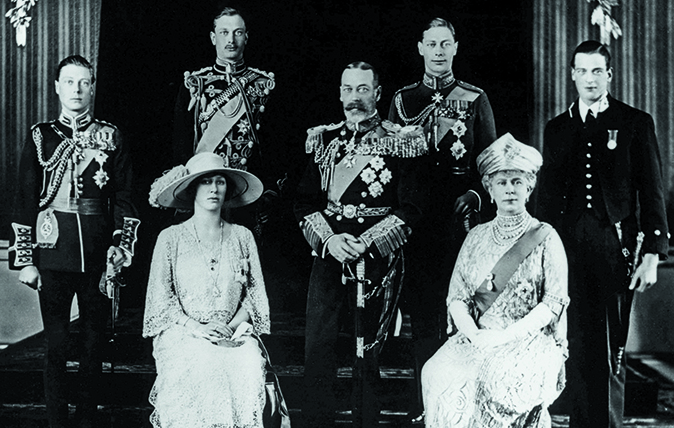
100 years of the House of Windsor: The story of the British royal family's great rebranding
Clive Aslet reports on the evolution of the House of Windsor – through George V, Edward VIII and George VI
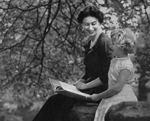
The Queen frontispiece: Princesses Elizabeth and Margaret
The princesses Elizabeth and Margaret, taken in 1946
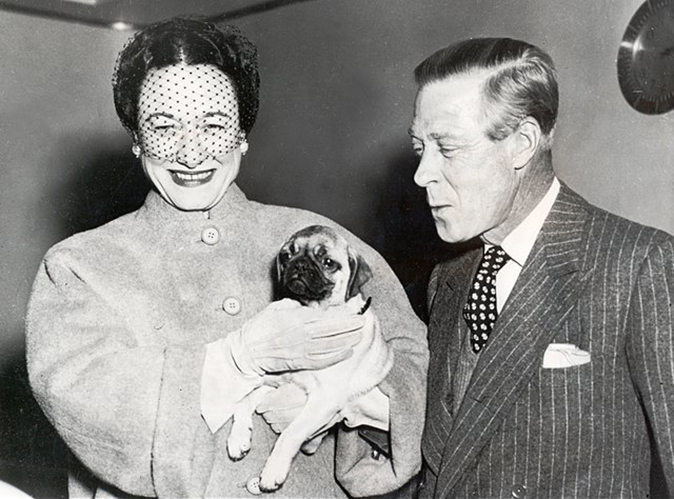
Carla Carlisle on Wallis Simpson: 'I'd even go so far as to suggest Wallis saved the monarchy'
Is it possible that Wallis Simpson saved the monarchy? Carla thinks it could be so, although she has little time
-
 Two quick and easy seasonal asparagus recipes to try this Easter Weekend
Two quick and easy seasonal asparagus recipes to try this Easter WeekendAsparagus has royal roots — it was once a favourite of Madame de Pompadour.
By Melanie Johnson
-
 Sip tea and laugh at your neighbours in this seaside Norfolk home with a watchtower
Sip tea and laugh at your neighbours in this seaside Norfolk home with a watchtowerOn Cliff Hill in Gorleston, one home is taller than all the others. It could be yours.
By James Fisher
-
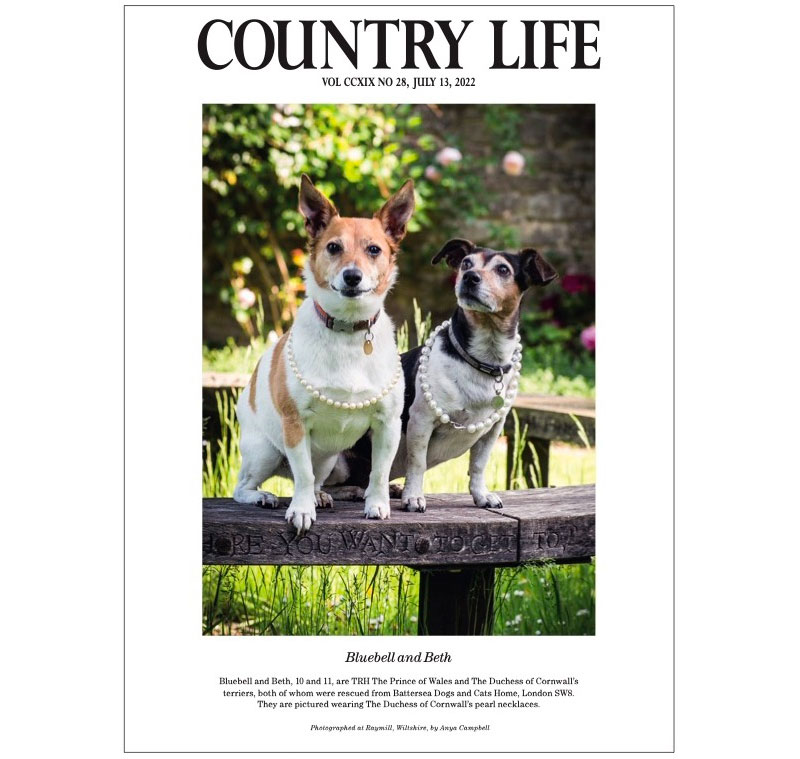 Queen Camilla says 'sad farewell' to her beloved Jack Russell, Beth
Queen Camilla says 'sad farewell' to her beloved Jack Russell, BethHer Majesty Queen Camilla's much-loved Jack Russell terrier Beth has died.
By Toby Keel
-
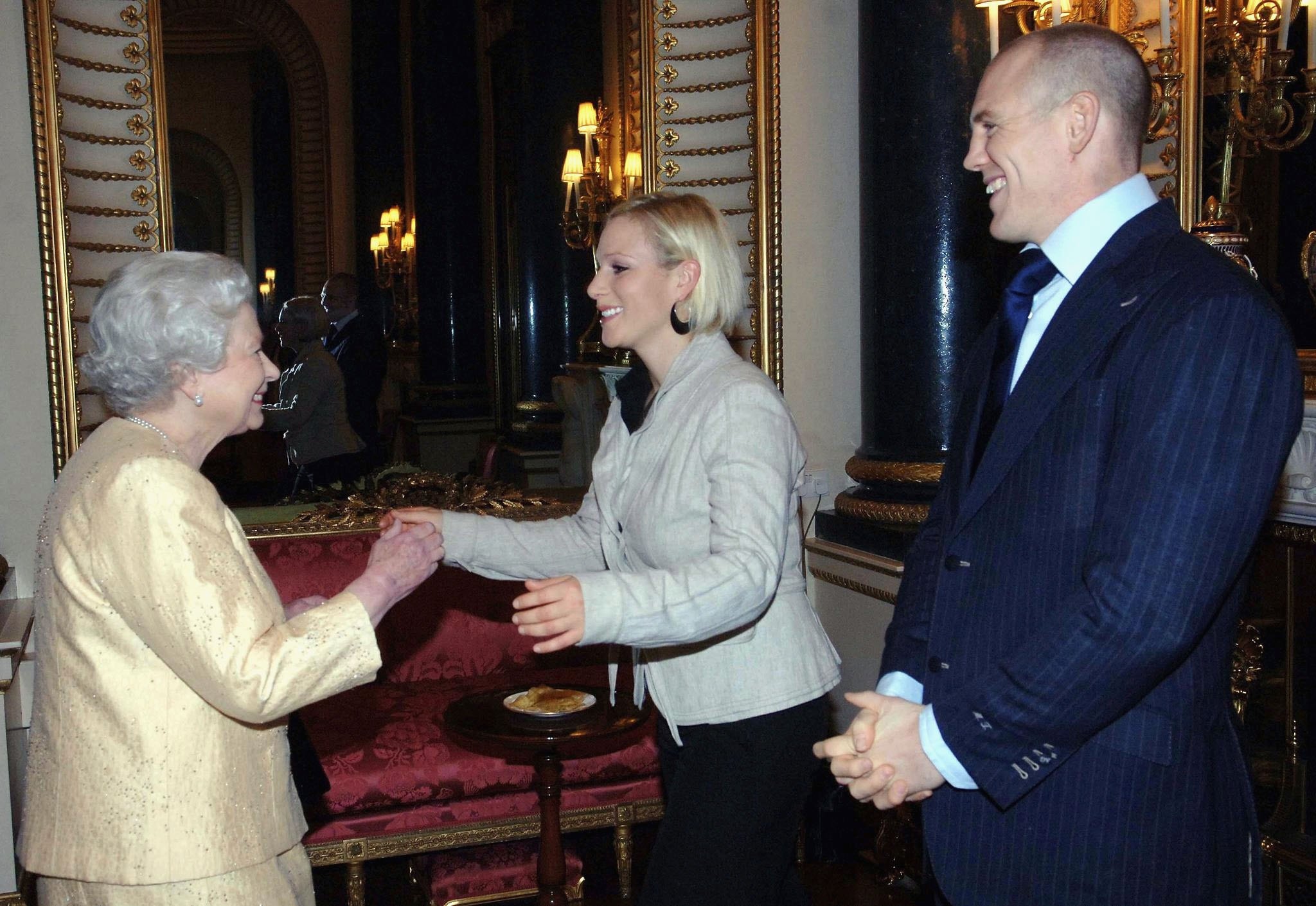 Dawn Chorus: Watching telly with The Queen, the one-bedroom wreck that fetched £2 million and our Quiz of the Day
Dawn Chorus: Watching telly with The Queen, the one-bedroom wreck that fetched £2 million and our Quiz of the DayPlus a Paddington Bear hamper, an ancient tree and a house with a terrifying price tag — it's Friday's Dawn Chorus.
By Toby Keel
-
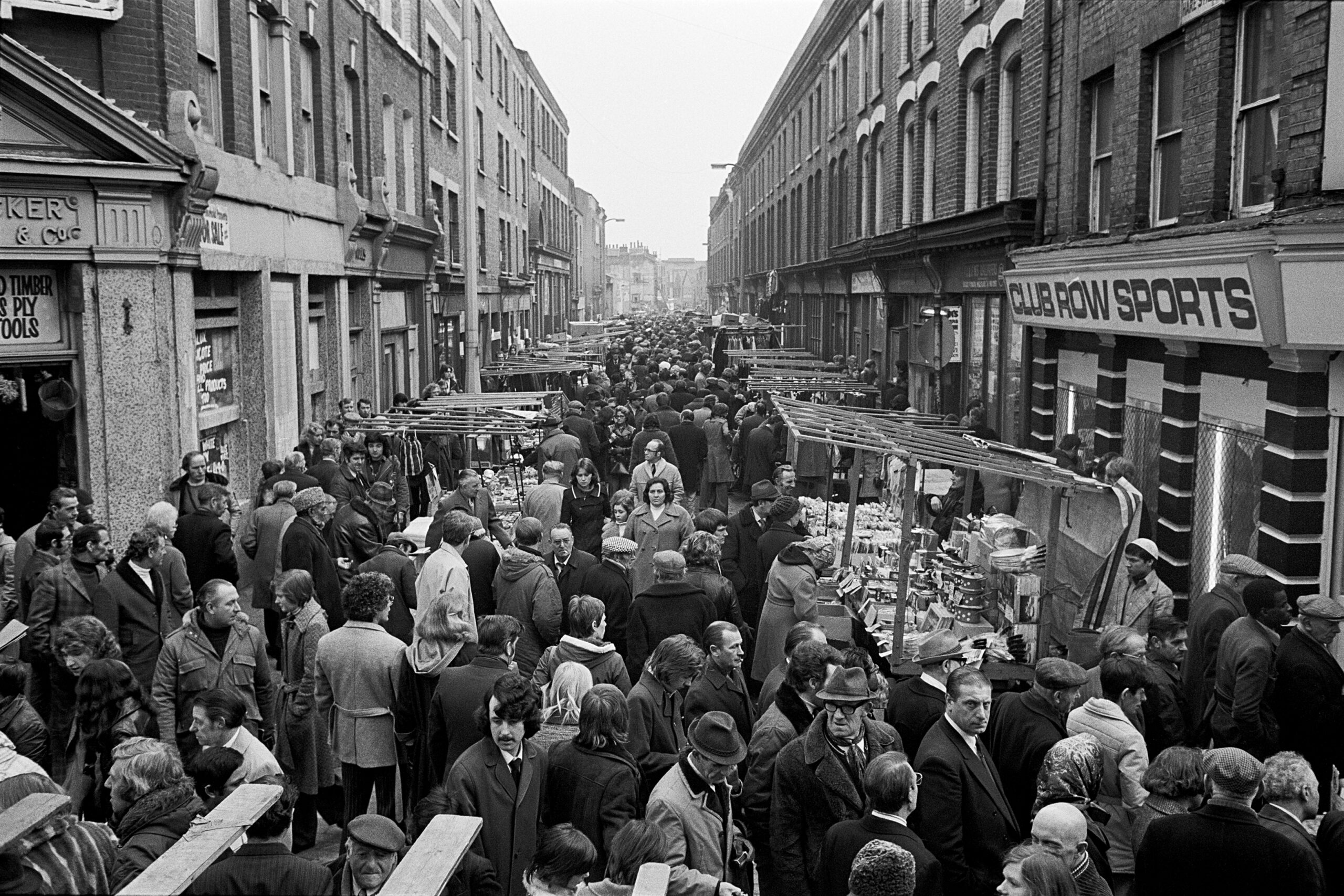 London as you've never seen it — and as you'll never see it again
London as you've never seen it — and as you'll never see it againThe East End of London has changed rapidly in recent years, but photographer Paul Trevor chronicled it from the 1970s to the 1990s. His images have been collected in a new book, Market Day.
By Annunciata Elwes
-
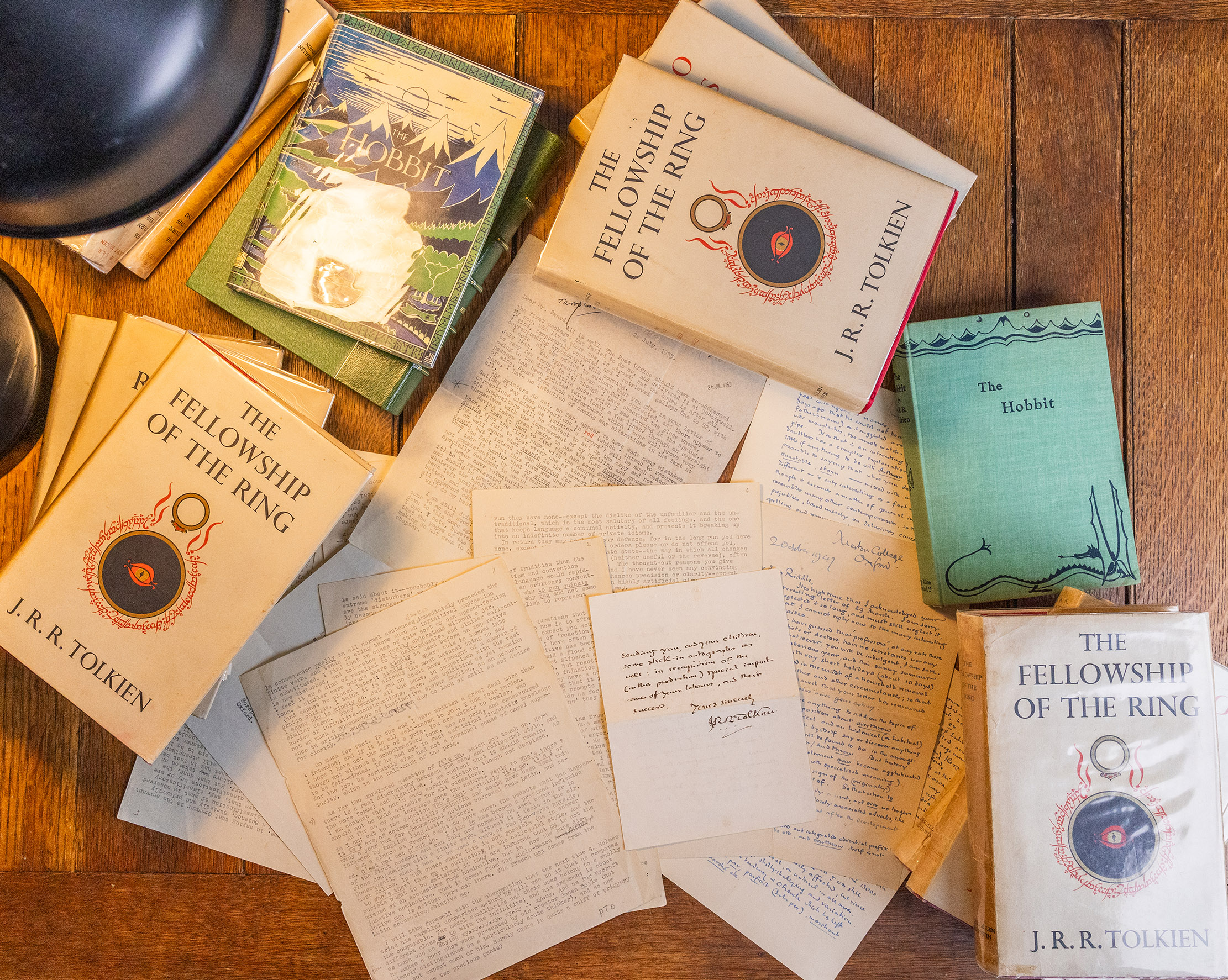 The 'holy grail' of JRR Tolkien's letters are up for sale, showing his anger at his editors and the 'priggery' of Sherlock Holmes
The 'holy grail' of JRR Tolkien's letters are up for sale, showing his anger at his editors and the 'priggery' of Sherlock HolmesBayliss Books are selling the biggest collection of Tolkien first editions and personal letters to come up for sale in twenty years. Annunciata Elwes takes a look.
By Annunciata Elwes
-
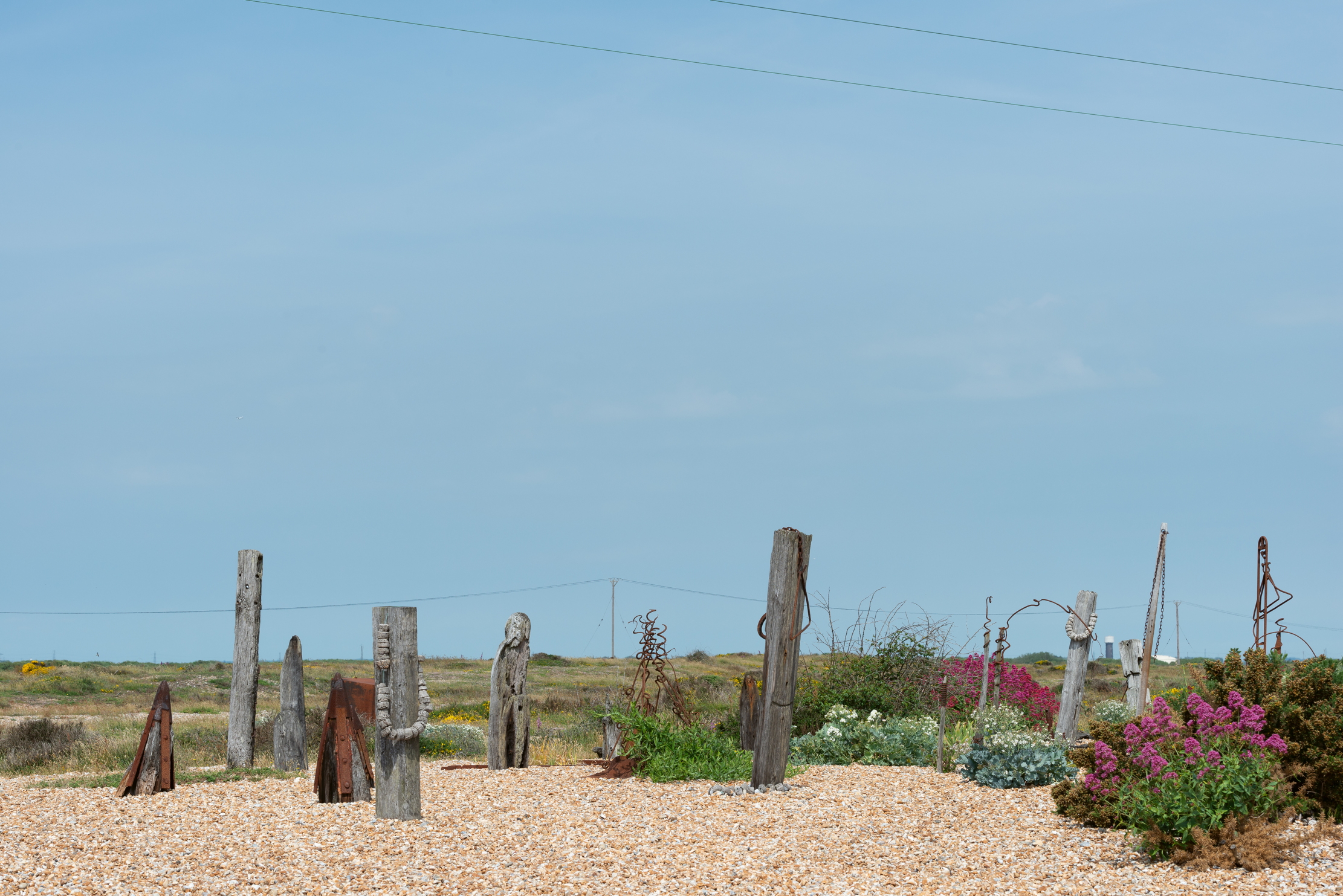 A look inside Derek Jarman's Prospect Cottage
A look inside Derek Jarman's Prospect CottageA new book by the photographer Gilbert McCarragher will give readers a first-look inside Derek Jarman's famous home on the shingle of Dungeness.
By James Fisher
-
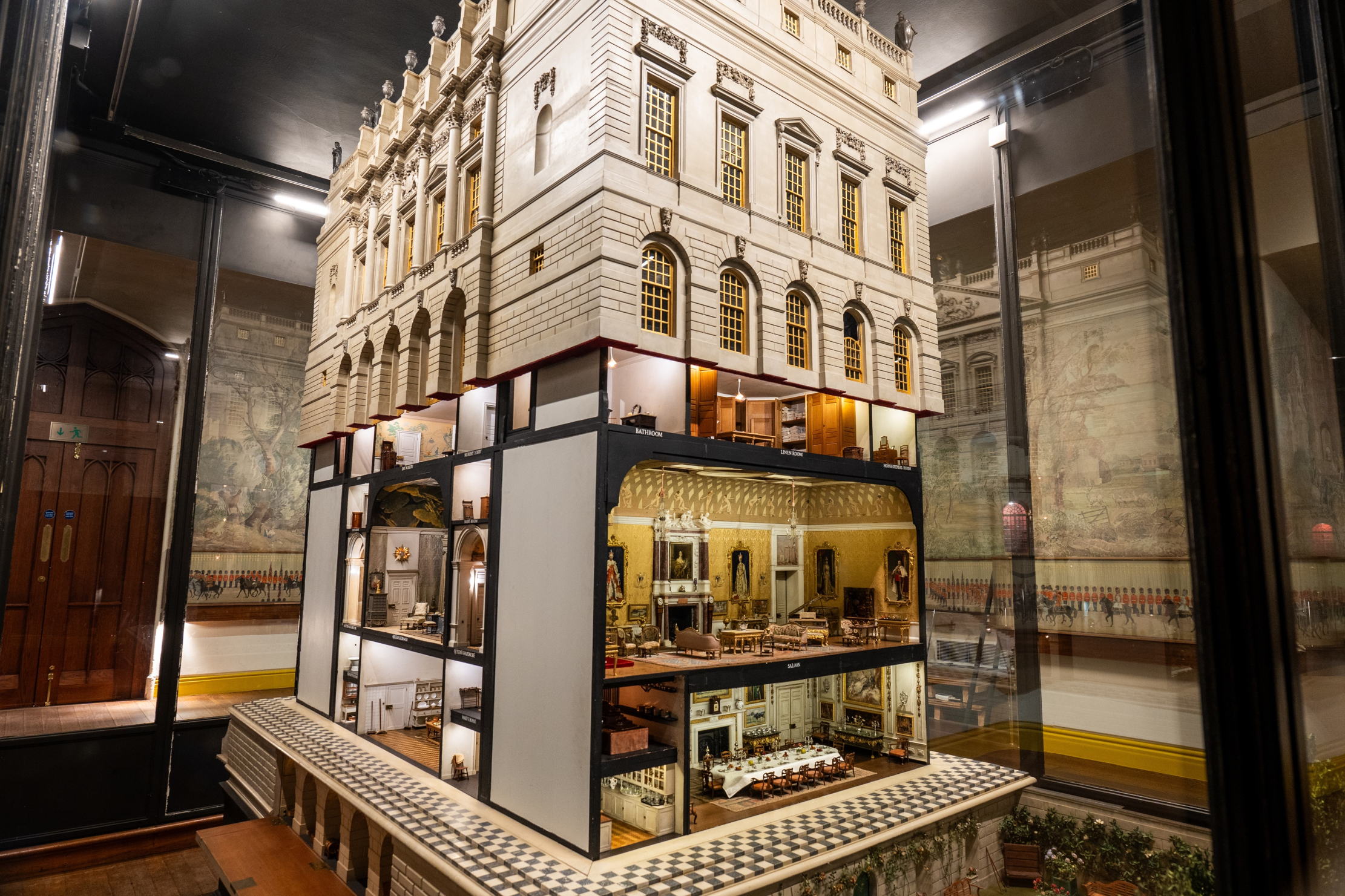 Fit for a (very small) queen — a dolls' house with running water, electricity and working lifts
Fit for a (very small) queen — a dolls' house with running water, electricity and working liftsQueen Mary's Dolls' House celebrates its 100th anniversary with a brand new exhibition and a reimagined display at Windsor Castle.
By Annunciata Elwes
-
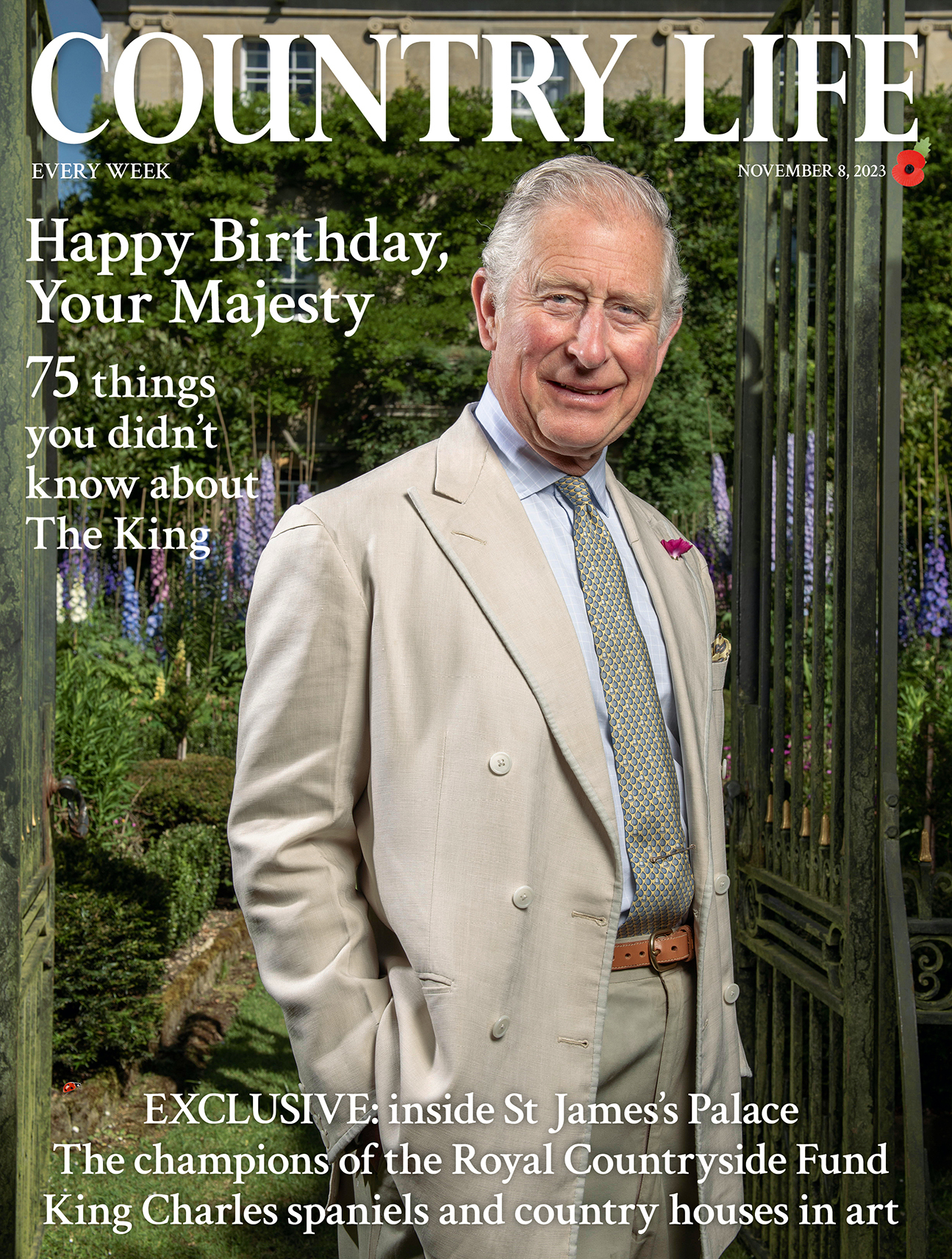 75 things you never knew about King Charles III as he celebrates his 75th birthday
75 things you never knew about King Charles III as he celebrates his 75th birthdayOn The King’s big day, Amie Elizabeth White reveals 75 things you might not know about our monarch.
By Amie-Elizabeth White
-
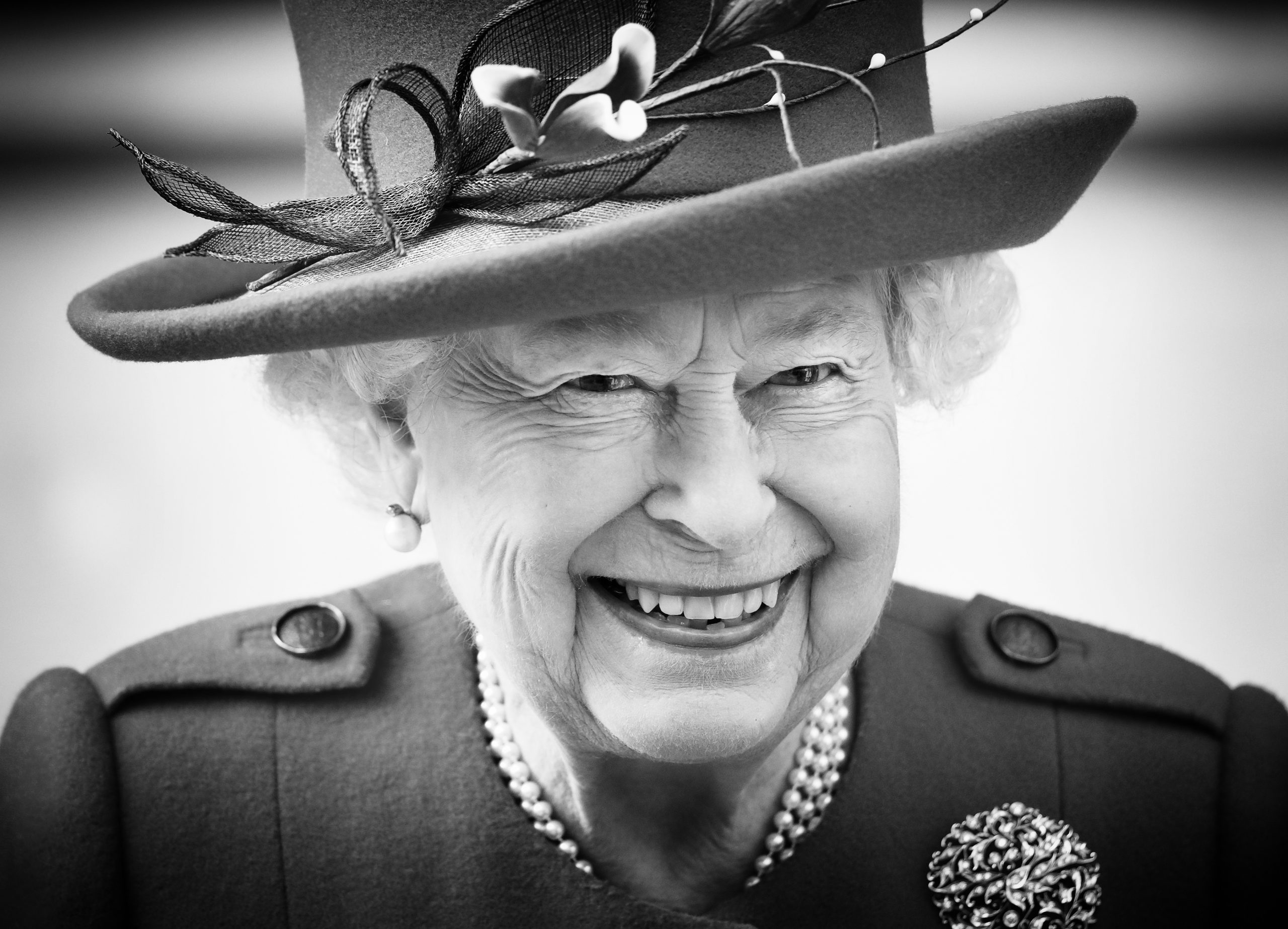 Remembering Her Majesty Queen Elizabeth II, one year on
Remembering Her Majesty Queen Elizabeth II, one year onA year on from the death of Queen Elizabeth II, we remember the late monarch.
By Country Life